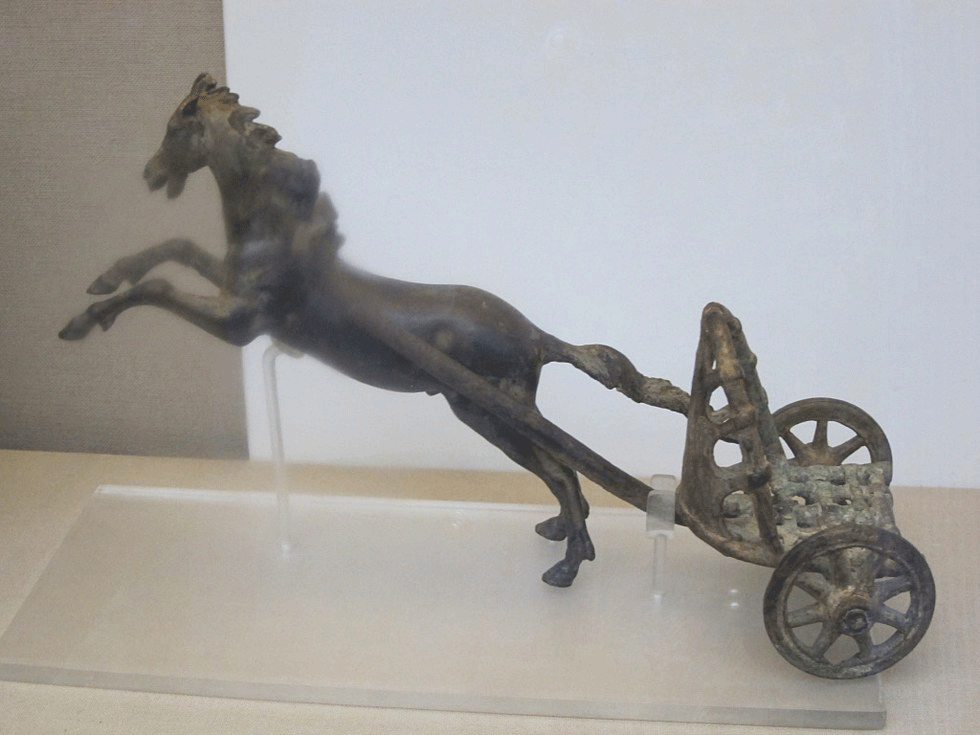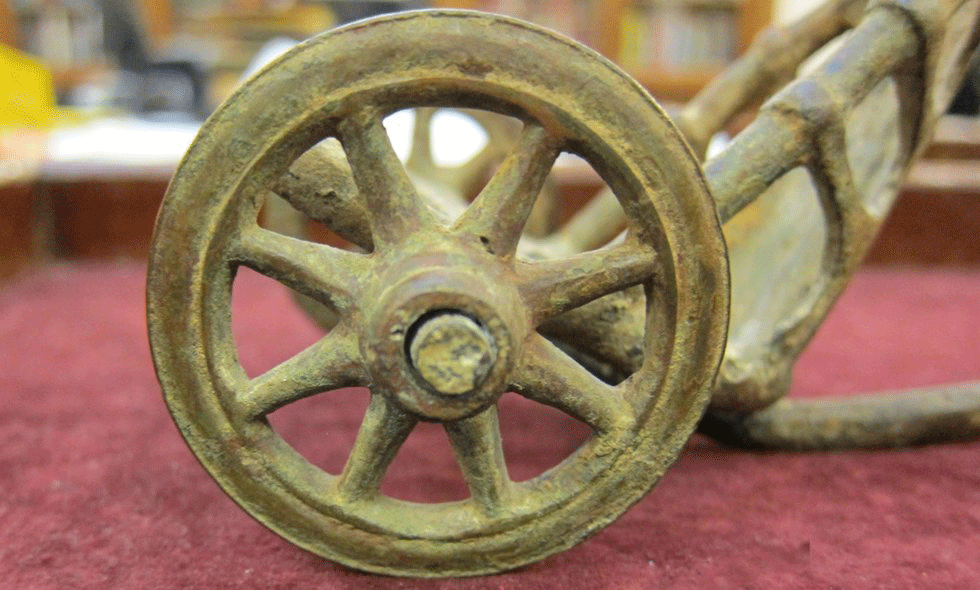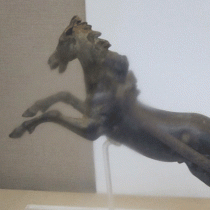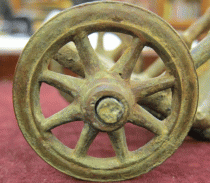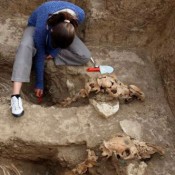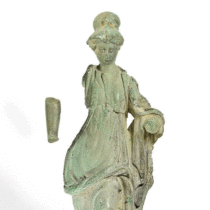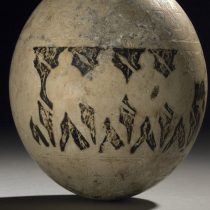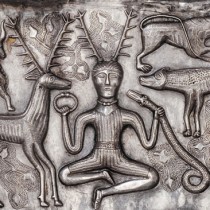A 2,000-year-old toy chariot has allowed researchers to discover what kept ancient Roman chariots from crashing.
The two-wheeled toy-chariot was found in the Tiber river in the early 1890’s and is now on display at the British Museum. Studying the toy has informed scientists on a trick used in the construction of Roman chariots, preventing them from crashing when travelling in high speed: an iron rim was mounted on the right wheel.
Bela Sandor, professor emeritus of engineering physics at the University of Wisconsin at Madison and author of the study explains that the wheels of the chariots at the time were made of wood, animal hide glue and rawhide strips. Adding a strip of iron to the right wheel increased a charioteer’s chances of winning a race approximately to 80 percent.
Since Roman racing chariots have not survived the study was based on the toy-chariot at the British Museum, which probably belonged to someone rich. It was certainly constructed by someone who knew a lot about racing chariots, with the wheels originally rotating freely on the axle. The toy represents a biga, a two-wheeled racing chariot driven by two horses, but the charioteer and one of the horses have been lost.
But the toy model allowed Bela Sandor to estimate the major dimensions of a Roman racing chariot; it weighed about 25-30 kg, the track width was about 155cm, the diameter of the wheel about 65 cm, and a pole of approximately 230 cm. The single iron wheel was a feature of the toy that indicates it was probably constructed for someone rich, since it was a faithful reproduction of an original. That is what helped Bela Sandor and Judith Swaddling from the British Museum find out about the right wheel iron rim. Since most races ran anti-clockwise it was important to protect the right wooden wheel from overloading during left turns.
The iron rim on the right wheel wouldn’t make the chariot faster, but it would prevent it from crashing, thus increasing the probability of victory.
The study, published in the latest issue of the Journal of Roman Archaeology, shows there is much more to be learnt on Roman chariots.
